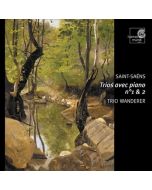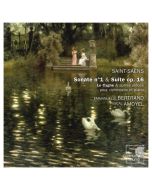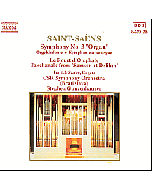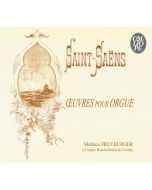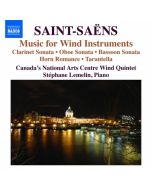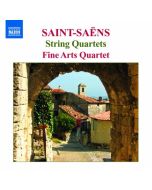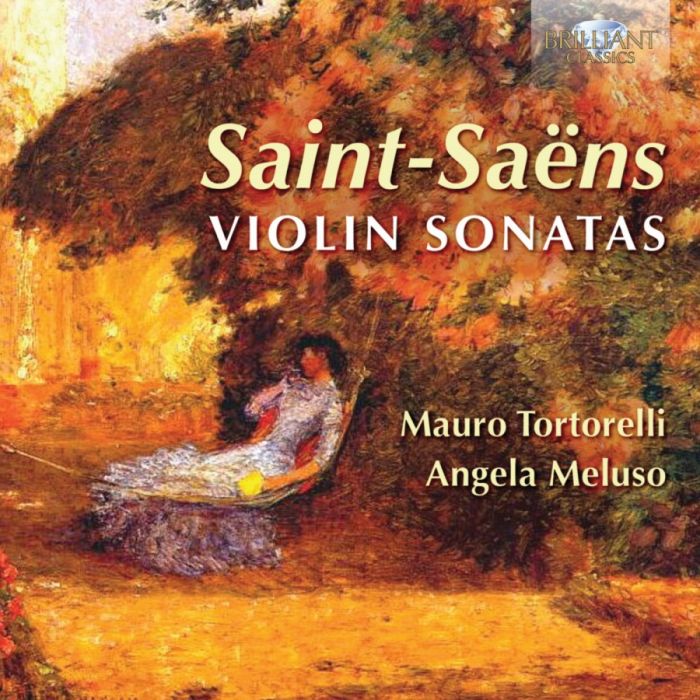
(Produkt nie został jeszcze oceniony)
kompozytor
Saint-Saëns, Camille
tytuł
Saint-Saëns: Violin Sonatas
wykonawcy
Meluso, Angela, Tortorelli, Mauro
nr katalogowy
94848
opis
Although sometimes disregarded as a conservative composer, looking back at a time when other composers were looking to the future, Saint-Saëns’s output towards the end of his life actually remained highly original. His music for violin and piano is no exception. An experienced traveller, Saint-Saëns was inspired by his voyages in East Asia, particularly China, and these exotic elements come to the fore in Triptyque Op.136, the ‘almost sonata’, which was the last of the composer’s major works for violin and piano. The three sections, Prémice, Vision congolaise and Joyeuseté, are a tribute to the composer’s fascination with the East, a popular topic in France at the time. The earlier works, the two violin sonatas and Berceuse, or ‘lullaby’, are also less indicative of Saint-Saëns’s conservatism than many would believe. Indeed, the listener is treated to a variety of innovations, such as frequent cross-accents in the second sonata and the rapid changes of metre that appear in various phrases in the first sonata. It is true, though, that Saint-Saëns refused to allow his output to be engulfed by the Wagnerian tradition gathering pace in Germany, and this means that his music remains characteristically and unabashedly French.
nośnik
CD x 1
wydawca
Brilliant Classics
data wydania
13.11.2019
EAN / kod kreskowy
5028421948485
55,00 zł
Produkt na zamówienie
Wysyłka ustalana indywidualnie.
Darmowa wysyłka dla zamówień powyżej 300 zł!
Darmowy kurier dla zamówień powyżej 500 zł!
sprawdź koszty wysyłki
